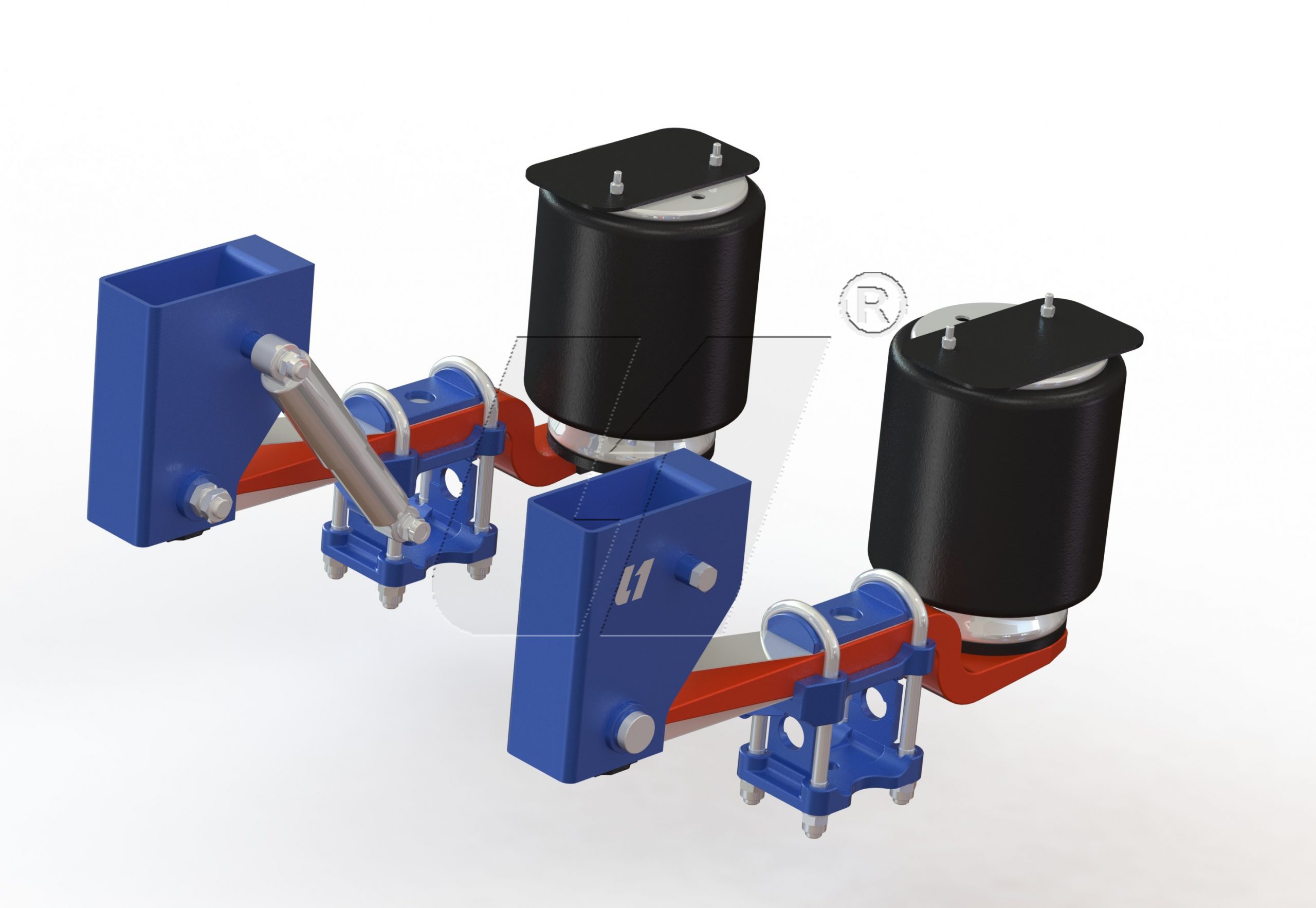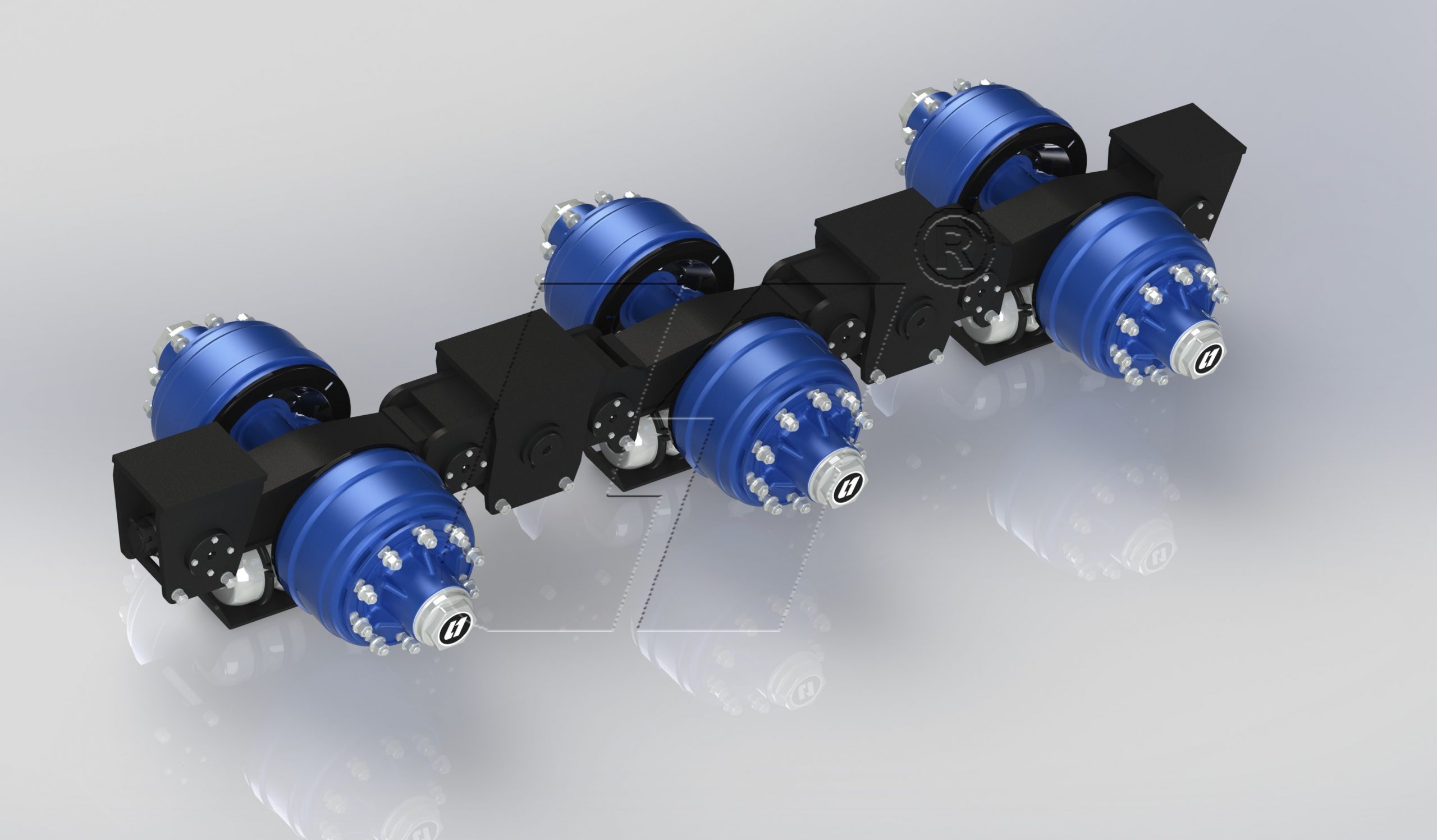Signs of Bad Suspension and How to Spot Them?
Your vehicle’s suspension system plays a crucial role in ensuring a smooth and comfortable ride, maintaining proper handling, and keeping you safe on the road. A bad suspension can lead to various issues, compromising your driving experience and safety. Here are some common signs of a failing suspension and how to spot them.
1. Unusual Noises
One of the first indicators of a suspension problem is unusual noises. Listen for clunking, knocking, or squeaking sounds when driving over bumps or rough terrain. These noises often indicate worn-out or damaged components such as equalizer axis, shock-proof bush, trailing arm or U-bolt.
2. Poor Handling and Steering Response
A compromised suspension system can affect your vehicle’s handling and steering. If you notice that your car feels unstable or sways excessively during turns, it could be a sign of worn-out suspension parts. Additionally, if the steering feels loose or unresponsive, it may indicate issues with the suspension system.
3. Uneven Tire Wear
Regularly check your tires for uneven wear patterns. If you notice that one side of the tire is more worn than the other, it could be a sign of misalignment caused by a faulty suspension. Uneven tire wear can lead to decreased traction and poor handling, making it essential to address suspension issues promptly.
4. Nose Dives and Rear Squats
Pay attention to how your vehicle behaves during acceleration and braking. If the front of the car dips (nose dives) significantly when you brake or if the rear squats when you accelerate, it could be a sign of worn-out shocks or struts. These issues can affect your vehicle’s balance and braking efficiency.

5. Leaking Fluid
Inspect your shock absorber for any signs of fluid leakage. These components are filled with hydraulic fluid that helps dampen vibrations. If you notice any oil or fluid leaks around the shock absorber, it’s a clear indication that they need to be replaced.
6. Pulling to One Side
If your car pulls to one side while driving, it may be due to a misaligned suspension. This can occur when the suspension components are damaged or worn out. A vehicle that consistently pulls to one side can be challenging to control and poses a safety risk, so it’s essential to address this issue promptly.
7. Sagging or Uneven Ride Height
Check the height of your vehicle. If one corner sits lower than the others, it could indicate a broken or weak spring. A sagging suspension affects the balance and stability of your vehicle, making it crucial to have it inspected and repaired.

Rigid Suspension For Three Axle Trailer
8. Difficulty in Cornering
A failing suspension system can make cornering difficult and less precise. If you feel that your vehicle is struggling to maintain a line during turns or if it feels like it’s rolling too much, the suspension may be to blame. This can be especially dangerous in emergency maneuvers.
Conclusion
Maintaining a healthy suspension system is essential for a safe and comfortable driving experience. Regular inspections and prompt attention to any signs of suspension issues can prevent further damage and ensure your vehicle performs optimally. If you notice any of these signs, it’s advisable to have your suspension checked by a professional mechanic. Addressing suspension problems early can save you from costly repairs and keep you safe on the road.
No matter which solution you’re partial to, Yonglitai Suspensions will ensure you have the perfect truck or trailer suspension solution for your needs! That’s what sets us apart; We listen to your needs, and then engineer the proper suspension around those needs.


